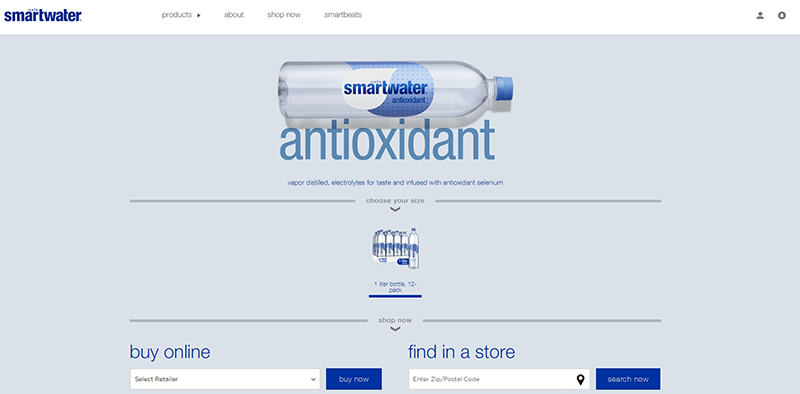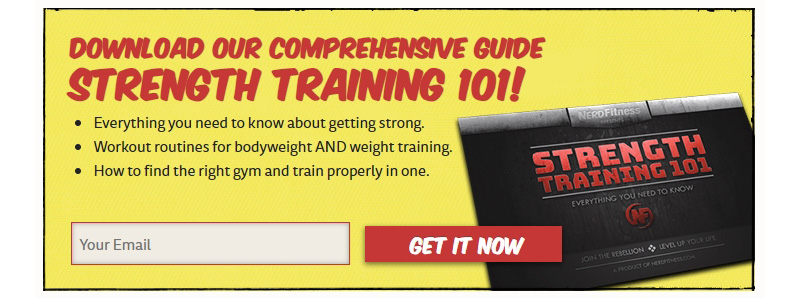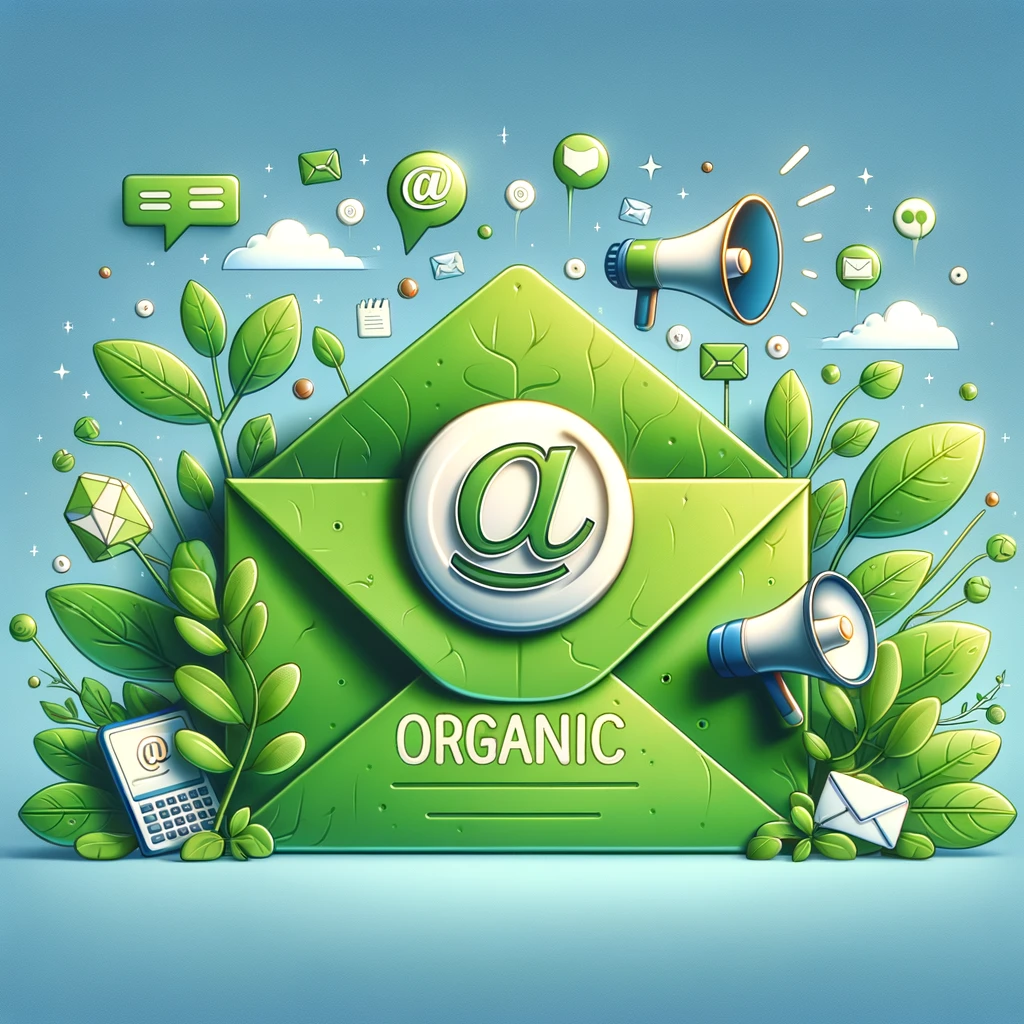
3 easy steps to your first email drip campaign (that sells on autopilot)
Email drip campaigns are good for small business. In fact, automated email series get 80 percent higher open rates and triple the clickthroughs of single emails, and they generate 80 percent more sales at 33 percent less cost. Despite such convincing statistics, many small businesses do not engage in email automation. The concept of email drip campaigns can seem overwhelming to novice marketers, but in reality it’s not difficult to create an email drip campaign that works. Give your small business a powerful advantage and sell on autopilot by taking these three easy steps to create your first email drip campaign.
What’s an email drip campaign and how do they work?
By definition, an email drip campaign is a series of emails sent at set intervals after a subscriber joins your email list. For example:
- Email 1 is sent immediately upon subscription
- Email 2 is sent three days after subscription
- Email 3 is sent six days after subscription
- And so on
When you adhere to email drip campaign best practices, each email in the series has value but also builds upon previous emails. The overarching effect is lead nurturing: Your email series takes subscribers on a journey from introduction to purchase. It lends credibility and authority to your company, fosters trust and creates desire for your products and services until subscribers are ready to buy.
The beauty of email drip campaigns is they’re automated. All content is created before you launch your campaign. After that, your email automation software handles the work, which frees time for you to focus on other business growth efforts. Create your content upfront, and you don’t need to come up with a new email every few days to keep subscribers engaged — simply set it and forget it!
How to create an email drip campaign that works
Email drip campaigns aren’t difficult when you follow these three steps.
Step 1: Identify your desired action and set up a landing page
The goal of every email drip campaign is to nurture subscribers and influence them to take a specific action. In many cases, that action is completing a purchase, but it can also be to schedule a consultation, submit a lead generation form or click an affiliate link. Start by determining exactly what action you want your subscribers to take.
Once you’ve established your campaign goal, set up a compelling landing page that makes it easy for subscribers to take the desired action when you deliver a special offer. It might be a sales page for your product or service, a simple lead generation form or even a blog post with an affiliate link button.
Your landing page is where subscribers will go when they’ve clicked your email link, so it should be laser-focused on guiding subscribers to take your desired action. It shouldn’t distract them. It’s the first thing you build but the last thing your subscribers see before they act, so by the time they get there they’re ready to buy, submit or click.
Note that you might not necessarily need a landing page, especially if your special offer is a coupon code for an ecommerce website. However, a landing page will keep subscribers focused on the product or service you want to sell.
This landing page for Smartwater makes it easy for customers to buy online or find their product in stores.

Step 2: Create and schedule your emails
Start by determining how many emails will be in your series. Drip campaigns can be comprised of as few as three emails or as many as fifteen or more, but it’s best to keep your first drip campaign simple: limit your series to six total emails.
Next, determine your email intervals. There are no hard-set rules about how frequently you should send emails, so rely on your knowledge of your customers’ buying journey to inform your decision. Also consider which stage of the journey they’re in when they subscribe: Are they in the information-gathering stage or is a purchase imminent?
For example, if customers typically buy within one week of expressing interest, you might want to send a series of six emails over six days. If customers tend to hem and haw for a few weeks, you might schedule emails to send every three days.
Your email content should cater to subscribers’ current goals. Answer these questions:
- What are subscribers trying to accomplish? How can you help?
- What information do subscribers want and need to know?
- What stage of the buyer’s journey are subscribers in?
Use your answers to create a series of individual emails that build on each other and nudge customers toward taking the next step in the purchasing process.
For example, let’s say you operate an interior painting business. The answers to the above questions might be:
- What are subscribers trying to accomplish? How can you help? Subscribers want to beautify their homes. You can help by offering interior painting tips and inspiration.
- What information do subscribers want and need to know? They want to know which colors will look best in their homes. They want to know complementary accent colors, and which colors work best in which rooms. They want to see inspirational photos and examples. They want to know how to achieve certain paint effects. They need to know how to properly apply paint and associated costs, as well as ways to simplify the process.
- What stage of the buyer’s journey are subscribers in? They’re planning to begin their project within the next 30 days, so it’s important to give them everything they need to know over the next two weeks.
Now, you can create a series of emails designed to influence customers to buy paint and supplies from you or hire you to do the painting for them. Your drip campaign might look something like this:
- Email 1: Introduction with links to helpful articles on your website
- Email 2: The best colors for each room in the home
- Email 3: Inspirational paint effects for living rooms, kitchens, bathrooms and bedrooms
- Email 4: Why all paints are not created equal (which paints to buy)
- Email 5: Tools needed for a perfect paint project
- Email 6: How much does it cost to paint a room?
Each email can include a call to action that leads to your site for more information, or directly to products and services customers need. In our example, the last email might compare the cost (in terms of money, time and effort) of DIY interior painting versus hiring it out, then deliver an instant coupon code to hire you to do the painting for them. The coupon code button will link to your landing page, where you seal the deal.
As you can see, each email is designed to be relevant to subscribers and to help them achieve their goals. The campaign nurtures subscribers through the buying process and ultimately influences them to act.
Once you’ve created your content, load it in an automated email sender program such as VerticalResponse and set your schedule. The VerticalResponse email builder makes it easy to add custom text, images and buttons for beautifully designed emails subscribers will open, read and click.
STEP 3: Add an opt-in form to your website
Your email drip campaign is ready to go – all that’s left to do is add an opt-in subscribe form to your website. That’s easy to do with VerticalResponse’s form builder tool: Drag and drop form elements to create your design, then embed the form code in your website.
Use these tips to craft a compelling form that converts subscribers:
- Tell subscribers how they’ll benefit. In our painting example, they can sign up to receive expert interior painting tips and tricks
- Use images to create desire. In our example, an image of a beautifully painted living room would do the trick
- Don’t ask for too much information. It’s faster and easier for subscribers to input their email address than their name, phone number, physical address and other information. Remember, they’re just agreeing to receive emails from you. If they feel they’ll be badgered with phone calls, they won’t subscribe. If you need additional information, collect it later via your landing page
- Foster trust with a no spam policy. Make a promise (and keep it) that you will not spam their inboxes or sell their information to any third party
- Prominently and strategically display your form. Don’t bury it in your footer. Instead, use a pop-up or slide-in to put it directly in front of site visitors who are reading relevant content. They’re your most likely subscribers and customers. Or, put it on top of your sidebar or right in with your site content. The idea is to make the offer on the right page, at the right time to the right people
This Nerd Fitness opt-in form illustrates how to showcase subscriber benefits and motivate sign-ups.

Once you’ve embedded your subscription form, your email drip campaign is set. Site visitors will see it and subscribe. Your email software will automatically deliver your messages at set intervals, and leads will be funneled to your landing page to complete the next step in the purchasing process.
Use reporting tools to measure the success of your campaign. You can view open rates and click-through rates as well as track sales. Feel free to tweak emails to see if you can improve conversions; later, you might get into more advanced A/B split testing and even list segmentation, but for now, you can keep it simple while you learn how to harness the power of email automation to boost sales.
Email drip campaign ideas
Want more email drip campaign ideas? Give these examples a try.
- Real estate agents can create email courses on home buying, selling and commercial property investments
- Fashion brands can send a series of makeover tips
- SaaS companies can send a series of emails that illustrate different ways to use their software
- Apparel companies can show subscribers how to craft their personal styles
- Landscapers can offer lawn beautification and maintenance tips
- Fitness companies can send workout programs, diet plans and weight loss tips
- B2B bookkeepers and accountants can develop an email series about saving at tax time
- Mechanics can send a series of auto upgrade and maintenance ideas
- Computer repair services can create an email course on how to stay secure online
- Restaurants and caterers can send a series of guides on how to throw the perfect party
- Pet stores can create an email series around keeping dogs happy and healthy
Consider your customer base. What information do they yearn for? Identify a way to package it into an email series, and you can quickly develop a winning email drip campaign that increases sales on autopilot.
Join 140,000 small business owners
© 2019, Brian Morris. All rights reserved.
 SUBSCRIBE
SUBSCRIBE 


